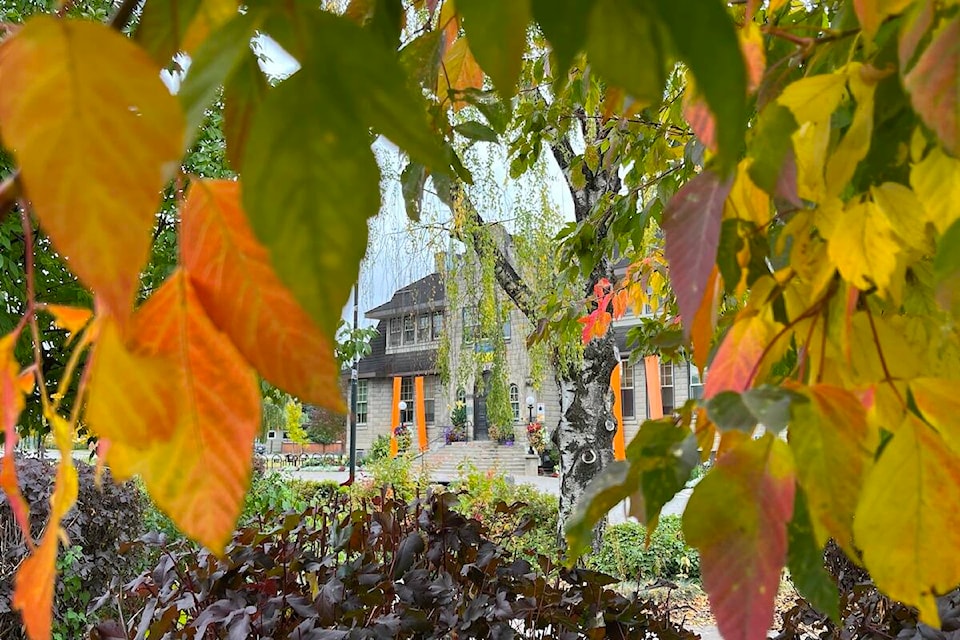If you’re reading this on October 13 – the date above the masthead on the front page of this weeks Free Press – the municipal election is only two sleeps away.
Elections are rare, really.
October 15, 2022 is the first time in the last four years you’ve been asked who you want to lead you and your community for the next four years. There’s nothing nefarious about it, that’s just the election cycle municipal government runs on in this province.
We might get lulled into this idea that elections happen often, but that’s just because at the same time, we’ve got two other election cycles whirring away.
In fact, the committed voter (being an eligible voter that votes in every election they can) in British Columbia has voted every year since 2017. The only year since 2013 there hasn’t been a municipal, provincial or federal election for B.C. voters is 2016 – and that was a “bigly” election year in itself.*
Within the City of Fernie, there are an estimated 4,552 eligible voters for the upcoming election.
On October 5 (an advance voting day in the city), 413 voters cast their ballots according to the Chief Election Officer.
If participation stays in-line with voter turnout from 2018 (64.2 percent) that means that there’s still another 2,500 people that need to vote. They have many opportunities, including of course election day itself.
But, I would ask: What needs to be done to get the remaining 1,500 to vote too?
64.2 percent is a low number, Fernie, and that’s making the huge assumption that turnout won’t be lower.
Don’t let the provincial average from 2018 (35.6 percent) make you feel comfortable in that sort of participation. Doing better than poor is not excellent, by any stretch of the imagination. The flip-side of Fernie’s participation number is that 35.8 percent of the voters in this community somehow couldn’t make the time to vote. There’s plenty of reasons (no time, can’t be bothered, no faith in politics), but we all know many of those reasons are worth challenging.
The simplest challenge, is simply numbers: In 2018, the gap between the councillor that won sixth place and a seat on council, and the candidate that won seventh and didn’t, was only 38 votes. The number of eligible voters that didn’t vote was 1,405.
Votes mean a lot when you’re at this level of politics.
In 2022, there will be 14 names on the ballot for councillor, of which there can only be six that will be successful. Now, everyone gets to choose up to six names for councillor on their ballot, but the sheer number of candidates and the small voter base means there will be some close numbers on October 15.
This is not federal politics where yours is one of millions of votes, where the candidates you pick (if they are elected) will jet off to a city thousands of km away to play party politics. This is local politics, where your vote is worth quite a lot, and the candidates are your neighbours and your friends (or not).
Take the time to not just listen to what these candidates say, but then take the time to head down to the polling place in your community and vote for who you want to represent you.
You’re only going to be asked the once in the next four years.
-Scott Tibballs is editor of The Free Press and, being a foreigner, is unable to vote.
* - For those that have already forgotten him, this is a Donald Trump reference.
